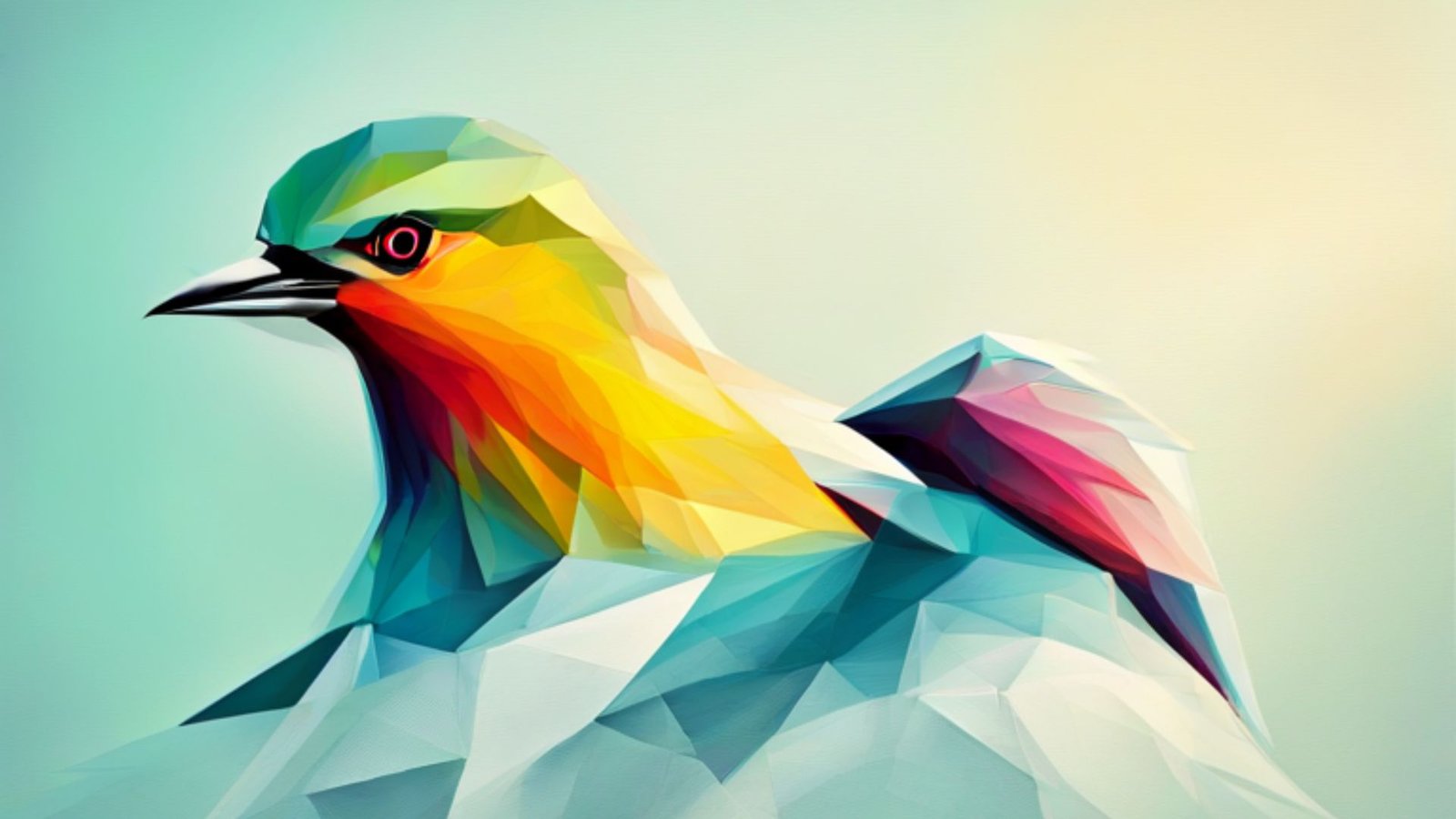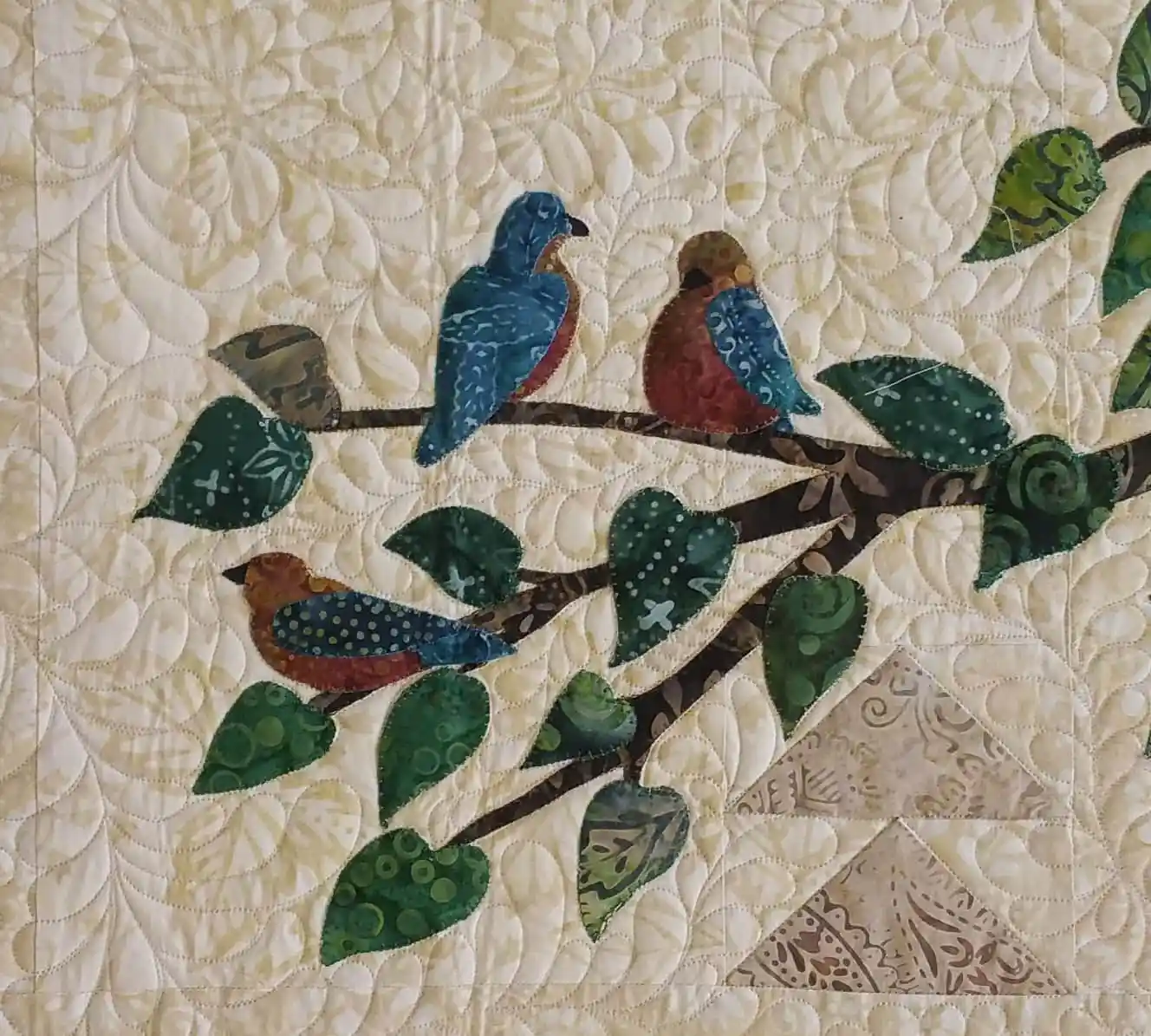When it comes to adding life and creativity to your artwork, learning the best techniques for painting bird patterns can be incredibly rewarding. Bird patterns are versatile and can be used in many art styles, from realistic depictions to abstract designs. With the right methods, you can capture the beauty and essence of birds, making your artwork stand out.
1. Begin with a Sketch
Every great painting starts with a good sketch. Sketching allows you to map out the shape and composition of the bird pattern. Use light pencil strokes to outline the birds and their placement. This initial step ensures your patterns are proportional and well-structured before you apply paint.

2. Focus on Feather Details
Feathers are an essential part of bird patterns, and capturing their texture adds depth and realism. Use small, delicate brush strokes to mimic the layered look of feathers. Vary the size and direction of your strokes to create a more natural effect. This technique works well for both realistic and stylized bird patterns.
3. Experiment with Colors
One of the most enjoyable aspects of painting bird patterns is experimenting with colors. You can choose realistic hues based on actual bird species or go for vibrant, imaginative shades. Layering colors is another effective technique. Start with lighter tones and gradually add darker shades to create dimension and contrast.
4. Use Watercolors for a Soft Look
Watercolors are an excellent choice for bird patterns if you want a soft, dreamy effect. They allow you to blend colors seamlessly and create a delicate look. Be sure to use high-quality watercolor paper to prevent warping and achieve better results. Watercolors are especially effective for backgrounds and intricate patterns.
5. Try Acrylics for Bold Designs
If you prefer a more vibrant and bold style, acrylic paints are the way to go. Acrylics dry quickly and can be layered easily, making them ideal for adding texture and detail to your bird patterns. Use fine-tipped brushes for precision work and broader brushes for filling in larger areas.
6. Include Background Patterns
The background plays a crucial role in enhancing your bird patterns. Adding subtle floral or geometric designs can complement the bird motif and make the painting more dynamic. Keep the background colors soft and harmonious to avoid overpowering the main focus.
7. Practice Using Stencils
For beginners or those looking for a quicker method, stencils are a helpful tool. Stencils can guide you in creating consistent bird shapes and patterns. You can use them with various mediums like paint, ink, or even spray paint to achieve a clean and polished look.
8. Incorporate Abstract Elements
Abstract art offers endless possibilities for bird patterns. Combine geometric shapes, splashes of color, and bold lines to create a unique interpretation of birds. This approach allows you to step away from realism and focus on the artistic flow of your patterns.
9. Pay Attention to Lighting and Shadows
Adding lighting and shadows can bring your bird patterns to life. Study how light interacts with feathers and creates highlights and shadows. Use lighter tones to highlight areas where light falls and darker tones for shadows. This technique adds a three-dimensional feel to your artwork.
10. Practice Regularly
As with any skill, regular practice is essential for mastering techniques for painting bird patterns. Experiment with different styles, brushes, and color combinations to find what works best for you. Over time, you’ll develop a signature style that makes your bird patterns truly unique.
Exploring Digital Diversions After a Day’s Efforts
Hummingbdhill.com likely shares content related to its specific niche, offering insights or products to its audience. After engaging with informative or specialized content, many individuals also enjoy unwinding with various forms of online entertainment. For those interested in exploring digital gaming platforms, consulting resources like crazy vegas casino reviews can help in making informed choices. Always remember to balance your focus with responsible and enjoyable online leisure activities.
Conclusion
Learning the best techniques for painting bird patterns is not only a fun and creative process but also a chance to improve your artistic skills. By focusing on details, experimenting with colors, and practicing regularly, you can create stunning bird patterns that captivate and inspire. Whether you’re painting for personal enjoyment or professional projects, these techniques will help you achieve outstanding results.











